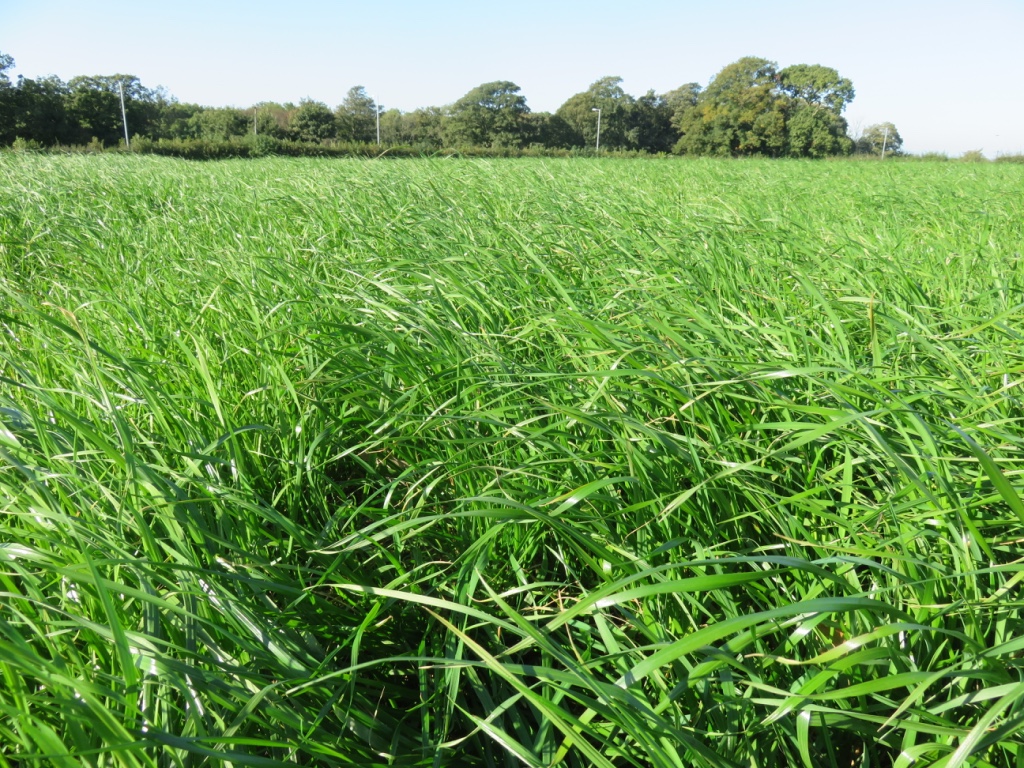Nutrient replenishment planning essential
16th September 2019
With many livestock producers achieving forage yields 50% higher than in the challenging year of 2018, removal of key nutrients from soil resources will be considerable this year, says Dr.
With many livestock producers achieving forage yields 50% higher than in the challenging year of 2018, removal of key nutrients from soil resources will be considerable this year, says Dr. George Fisher of CF Fertilisers.
Phosphorus, potassium and sulphur could have been significantly depleted in recent months with soil testing and development of appropriate fertiliser management strategies now needed to ensure levels are restored effectively, he believes.
“We’re hearing reports of freshweight yields of as much as 75 t/ha in two cuts at 20% dry matter and crude proteins are looking much better than in many years at 13 – 15%, especially for those producers that heeded advice to include Sulphur as part of their fertiliser strategy.
“For those that managed to cut when they wanted to, energy levels look to be good as well, so most people should have ME’s around 11.5 MJ/kg/DM with good palatability.”
The challenge now is to make sure 2019 does not become a one-off for grassland production and this will involve care with nutrition strategy moving forward, he says.
“The problem is compounded by the poor year of 2018 when much grassland suffered from lack of rainfall and some did not receive adequate fertiliser because of the difficult conditions in the spring and summer, whilst some was over supplied with Nitrogen late in the season when farmers were trying to catch-up.
“But making cost-effective use of available grassland is essential in any livestock system and the only way you can know the precise amounts of essential nutrients to apply is to carry out regular soil testing.
“In intensive grassland systems you really have to test each field for P, K, Mg and pH at least every 3 years but there is a strong case for testing more this year, particularly on fields that were borderline on the targets of pH 6.5, and indexes of 2 and 2- for P and K respectively.”
Sulphur is also likely to have been removed from the system in a significant quantity this year and this will also need addressing, George Fisher points out.
“Sulphur is a major component of the protein-forming amino acids and is essential when higher amounts of nitrogen are applied. Levels have to be kept proportional to the amount of Nitrogen used and the best way to determine these is to assess levels in the growing grass.
“As well as atmospheric levels being much lower than they used to be, Sulphur is routinely lost from the soil system and so regular applications have to be made throughout the season to keep supply adequate for optimum Nitrogen utilisation and crude protein production.”
According to Mark Garrett of CF Fertilisers, the simplest way to address the nutrient shortfall, keep all essential elements in balance and ensure they are delivered in the best way possible to growing swards is to use NKS and NPKS true granular compounds.
“Such compounds, alongside slurries and manures, are the ideal way to restore nutrient levels in high production systems or in years where off-take of grass has been substantial.
“As well as making sure nutrients are delivered accurately due to their compound nature, British-made true granular products are also based on Ammonium Nitrate (AN) which has been proven over many years to be the most effective source of N for grassland production systems.”
NKS and NPKS true granular compounds build on the foundation of NS compounds like SingleTop (27N + 12SO3) to provide a balanced supply of P and K, Mark Garret explains.
“NKS products are particularly beneficial where P index is high, slurry is used on aftermaths and soil Potash levels need to be maintained.
“MultiCut Sulphur (23-4-13 + 7SO3) can be used as an all season high Nitrogen/high potash product ideal for multiple cuts of grass silage with reduced Phosphate content to help maintain soil P and K status.
“If the soil P index is high but the K index low, particularly if it’s on a lighter soil type, producers should consider using SingleTop (27N + 12SO3) in spring then KayNitro Sulphur (25-0-13 +7SO3) in the summer.”

